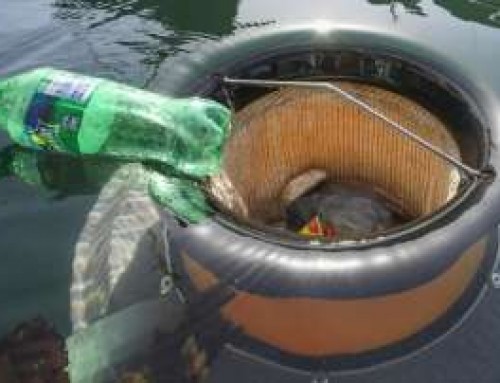Not sure what to do with old paint cans cluttering up your basement or garage? Follow this action plan to either condense or dispose of your surplus—and win back some valuable floor and shelf space in the bargain.
1. Determine if the paint is still good. Solvent-based paints have a 15-year shelf life. If you can stir it, it’s probably okay to use (even if you have to remove the “skin” on the surface first). Latex has a shelf life of 10 years. If it has been subject to freezing, it may not be usable. Test by stirring and brushing onto newspaper. If there are lumps, the paint is no longer good.
2. Decide what to keep. If the paints are in colours that are still on your walls, it makes sense to hang on to them. They will be useful for touch-ups and repainting when the time comes. If the lids are loose, seal them carefully; transfer small amounts in smaller containers. Be sure to label with color name, number and date of purchase.
3. Ways to use leftovers. Even if you’re sure the paint colour is not one you’ll return to, consider mixing leftovers of the same paint type (latex with latex, acrylic with acrylic, oil with oil) to use as an undercoat primer.
4. Donate paints you don’t want. If you have good paint that you can’t use, offer it to family, friends, neighbours, or call a local paint contractor. Some charities may take paint too, especially those that do work helping the elderly with home renovations.
5. Dispose of what you can’t use and can’t give away. How you do it depends upon the type of paint, but it’s critical that it be done in a manner that won’t cause pollution to drinking water or waterways. One litre of paint can contaminate many thousands of litres of water, harm fish and aquatic plant life and eventually poison the food chain. It is also illegal. Listed below are the proper ways to dispose of paint:
Latex and acrylic paints: Some councils will allow you to solidify these paints and throw them away with the household trash. One way to do this is to mix it with a clay-based kitty litter at a ratio of two parts litter to one part paint. Do this in a well-ventilated place that’s off-limits to kids and pets. Other ways are to use sawdust, newspaper or leftover concrete mix.
Oil-based and alkyd paints: Check your local councils website for household hazardous rubbish free drop off days. Bring paints to the specified collection site along with other toxic products you want to get rid of, such as paint removers, used solvents, pesticides, and herbicides.
Please Note: We can only take empty paint tins with the lid off in our skip bins.





